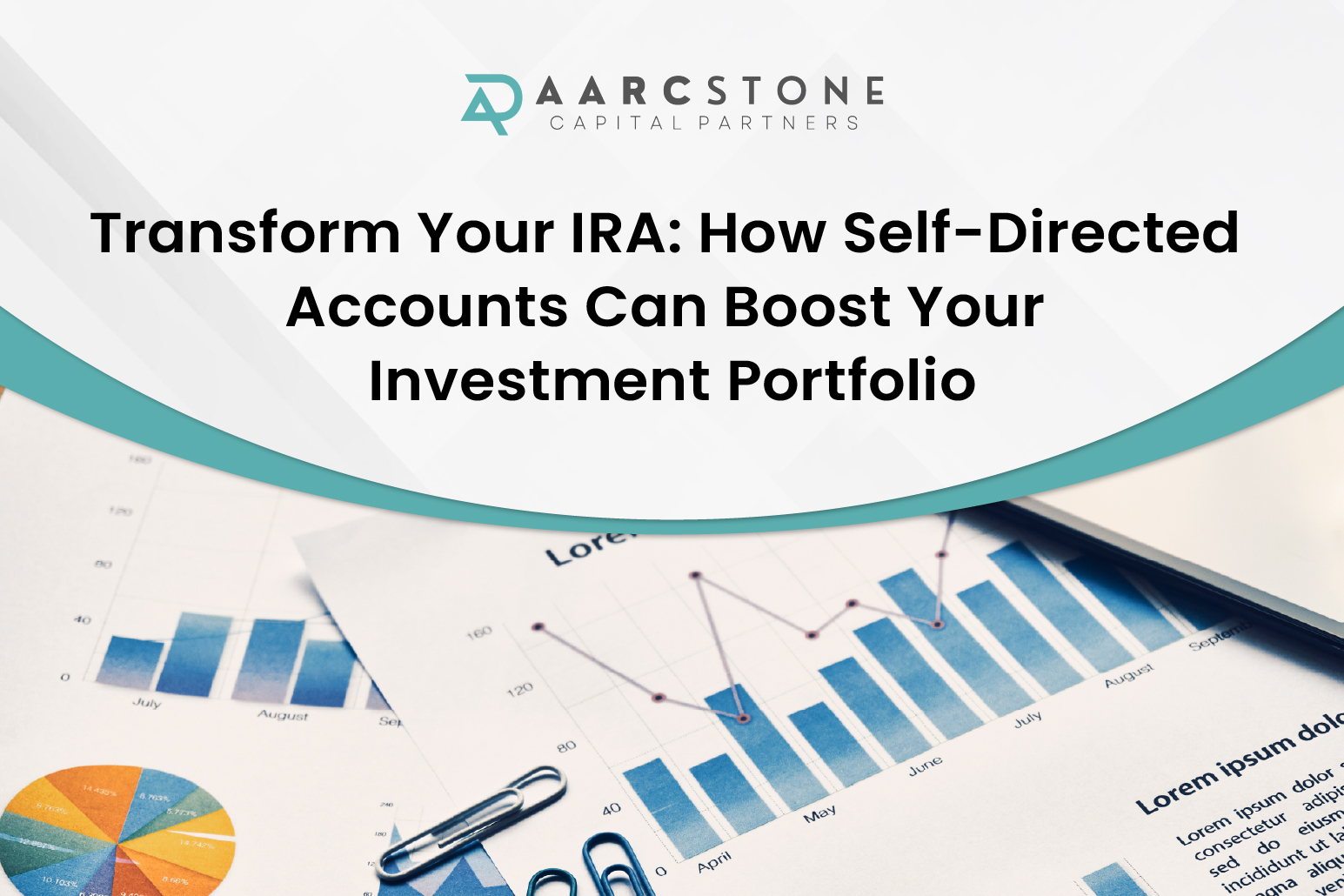
In today’s dynamic financial landscape, individual retirement accounts (IRAs) are a cornerstone of retirement planning. However, many investors are unaware of the enhanced opportunities that self-directed IRAs (SDIRAs) offer. Unlike traditional IRAs, which are typically limited to stocks, bonds, and mutual funds, SDIRAs allow a broader spectrum of investments, including real estate, precious metals, and private placements. Self-directed IRAs could be a game-changer for those seeking greater control over their retirement savings and the potential for higher returns.
Unveiling the Power of Self-Directed IRAs
Self-directed IRAs empower you to diversify your investment portfolio beyond the conventional market. By broadening your investment options, you’re mitigating risk with diversification and potentially enhancing your returns. Here’s how an SDIRA can redefine your retirement planning:
1. Expanded Investment Choices: With an SDIRA, you can invest in real estate, private market securities, precious metals, and more. This flexibility allows you to capitalize on opportunities not available through traditional IRAs.
2. Potential for Higher Returns: Investments like real estate and private businesses offer higher returns than conventional stocks and bonds. These options, however, do come with their own set of risks.
3. Personal Control and Flexibility: You can choose and manage your investments directly. This hands-on approach is perfect for investors with expertise in particular areas beyond the stock market.
4. Tax Advantages: Like traditional IRAs, self-directed IRAs offer significant tax benefits. Depending on the type of account (Traditional or Roth), you can enjoy tax-deferred or tax-free growth of your investments.
Challenges and Considerations
While the advantages are compelling, managing a self-directed IRA requires diligence and a proactive approach. Here are some considerations:
Regulatory Compliance: SDIRAs come with specific IRS rules and regulations. Understanding these guidelines is crucial to avoid prohibited transactions that could lead to penalties.
Due Diligence: The burden of research and due diligence lies with the investor. You need to carefully assess the viability and risks associated with each investment.
Costs and Fees: Self-directed IRAs may involve higher fees than traditional IRAs, including custodian fees, transaction fees, and potential legal fees.
Get Started with Your Self-Directed IRA
Ready to take the next step in your investment journey? Here’s how you can start:
1. Choose a Custodian: Select a reputable custodian that specializes in self-directed IRAs. Ensure they offer the investment options you are interested in and compare their fee structures.
2. Plan Your Investments: Define your investment goals and strategy. Consider your current financial situation, retirement goals, and risk tolerance.
3.Execute with Caution: Always perform thorough due diligence before committing to any investment. Consider consulting with a financial advisor to ensure your investment choices align with your financial plan.
Download Our Free eBook.
Unlock the full potential of self-directed IRAs and dive deeper into how you can enhance your retirement planning with our free eBook: “The Comprehensive Guide to Self-Directed IRAs: Unleashing the Power of Alternative Investments.” Get your e-book here!
